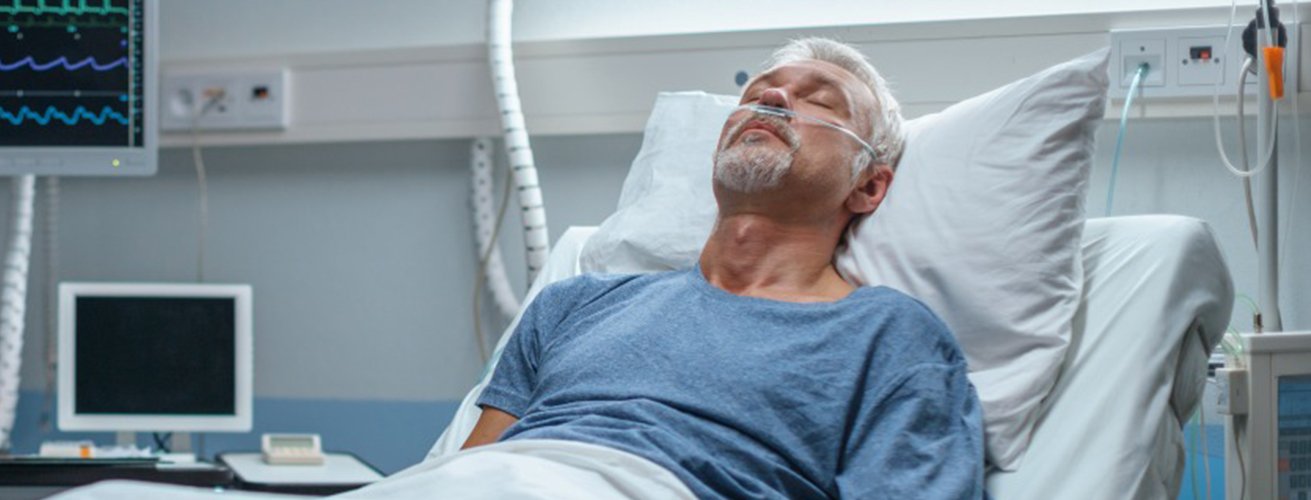Understanding Parkinson’s:
Parkinson’s disease is a disorder of the central nervous system, and affects nearly 1 million Indians every year. It is a disease that is marked with age, and can be treated but not cured. Parkinson’s patients gradually lose motor skills that hamper movement. Moreover, PD patients experience lack of dopamine secretion that leads to other issues.
While there is no known cure for the disease yet, there are several Parkinson’s treatment options available that can help manage the disease, depending on what stage of the disease the patient is at. In order to find the best Parkinson’s treatment, it is advisable that the patient consult a specialist, in order to understand what treatment will work best for him.
However, compared to a popular belief, people suffering from Parkinson’s Disease actually can continue going about their normal life. There is no particular symptom that affects all patients; hence during the onset of the disease, one can go about leading their normal lifestyle. Furthermore, basic and simple alterations in one’s day to day life can make a huge impact; for example- medication, therapy, exercise, diet and proper rest can help manage the disease.
All Parkinson’s treatment begins with a set of basic tests that are conducted by a neurologist, this is a crucial step as symptoms for Parkinson’s Disease differs for different people.
There is a treatment, known as Deep Brain Stimulation. DBS or deep brain stimulation is a neurosurgical procedure involving the placement of a small pacemaker sized device called a neurotransmitter. It is placed under the skin of the patient’s chest, which sends electrical impulses to the brain with the help of thin wires, in order to control movement. It is recommended for people who have PD with motor fluctuations or those who are intolerant to medication. Deep Brain Stimulation is also very effective for patients with essential tremor, eliminating or reducing the need for medications and reducing tremors by 60-90%.
Common Myths about Deep Brain Stimulation:
While deep brain stimulation is a viable option and solution for those patients who face excessive movement and tremors in their body as an unwanted side effect of Parkinson’s; and is known for its success. The “pacemaker for the brain” as it is often referred as, is an implanted medical device to deliver accurate and controlled electrical stimulus to the targeted areas of the brain, this helps and corrects the abnormal pulses in the brain. However, there are quite a few misconceptions around the treatment, and they are:
There is no solid cure out there but what it does help is to improve quality of life. According to a research, it improves the quality of life by 26% and improves motor movements by 53%. Parkinson’s patients who undergo DBS, experience a drastic reduction in medication, and their motor function improves consistently. They have more fluid movements; reduce rigidity, helps with improving slowness and freezing (Akinesia).
DBS is new and experimental, how can it be trusted fully?
Deep brain stimulation as a treatment has been approved by the medical association FDA in the United States for over ten years, since 1997, and there are more than 1,75,000 DBS patients worldwide. The American Neurological Academy, recommends deep brain stimulation for a 60-90% progress in limb related tremors, and DBS for PD has been proven to provide better control over motor related symptoms versus medications alone. Thereby leading to a reduction in the number of medications taken and subsequently enhancing the quality of life.
Despite the pros of Deep Brain Stimulation, it is a treatment after all; one has to decide wisely. The chances of infection range between 3-5% over the course of the patient’s life, stroke risks are less than 1%. This procedure has been confirmed to be safe and efficient in the treatment of Parkinson’s disease, dystonia and essential tremor. There is minimal postoperative pain and most patients spend only one night in the hospital.
Deep Brain Stimulation is a very invasive surgery:
DBS is a brain surgery, so it is somewhat invasive. It uses an implantable neurotransmitter to deliver stimulus to the brain that is artificially created through micro-electrical currents. The apparatus involved is mainly a neurotransmitter, a lead and an extension that connects the lead and transmitter. However, patients typically recover from surgery within a few days and stimulation may be given within a few days to weeks after the surgical procedure.
Deep Brain Stimulation is used only on patients with advanced Parkinson’s:
While previously DBS was more inclined towards patients with advanced PD, however around 2015, the FDA gave approval for treatment in patients who face symptoms much earlier in the PD progression. DBS combined with medication reduces symptoms in individuals who slower responses. The therapy continues to be an option for those who suffer from advanced stages of Parkinson’s, and those who face motor complications.
Today there is much talk of the treatment
I cannot try new treatments in the future:
Deep brain stimulation is a reversible process; more advanced treatment options are to emerge in the future to treat movement disorders. DBS works only for tremor, and helps with stiffness, slowness and freezing associated with movement’s disorders.
I cannot afford DBS:
Deep Brain Stimulation today has become a renowned therapy option to treat tremors and other motor related disabilities that come with the onset of Parkinson’s. It is covered under most medical insurances as well.
This concludes a list of Common Myths about Parkinson’s disease in India. Dealing with Parkinson’s disease is much easier when you follow the adequate diet and health tips. Moreover, today Parkinson’s has become a much more known disease; there are more conversations around the disease, and various cures that are available for it. Apart from the medication and therapies, personal care helps treat the symptoms and have a better lifestyle.
Disclaimer – The above statements are for informational purposes only. Please take the advice of a trained medical professional before acting on any of the above statements.


















